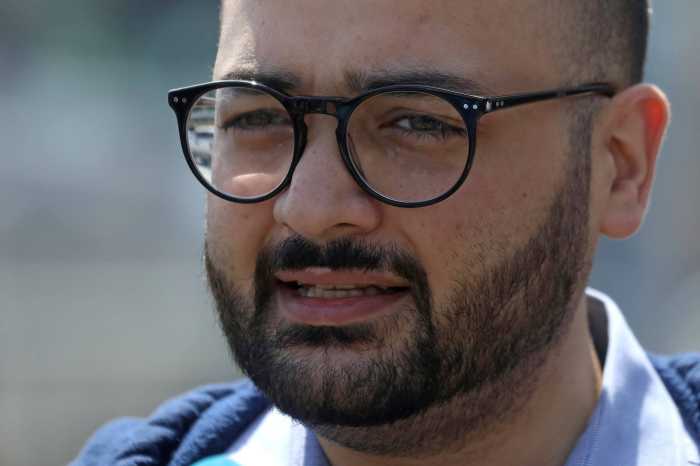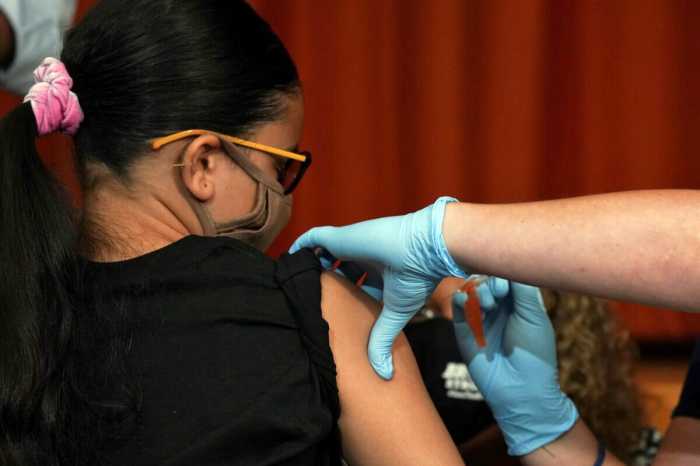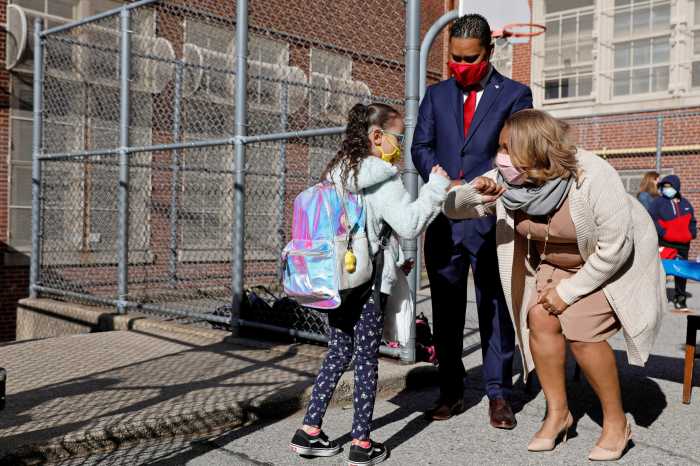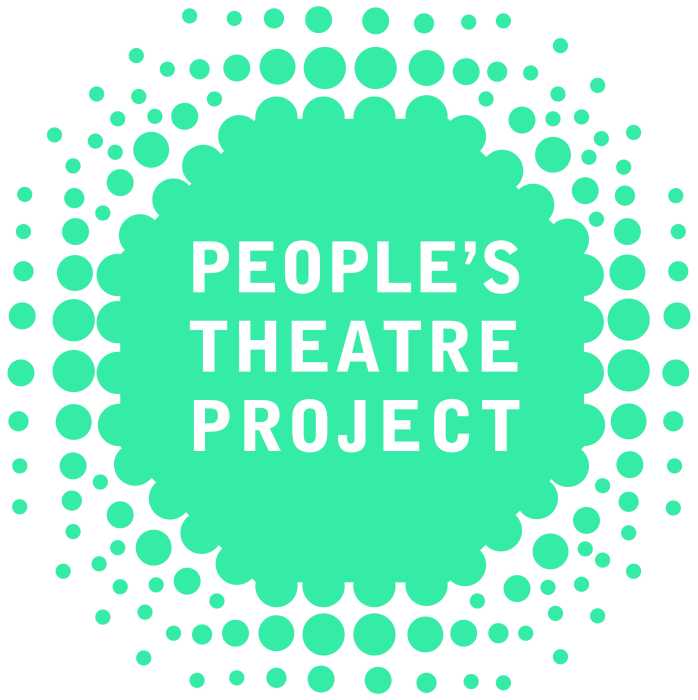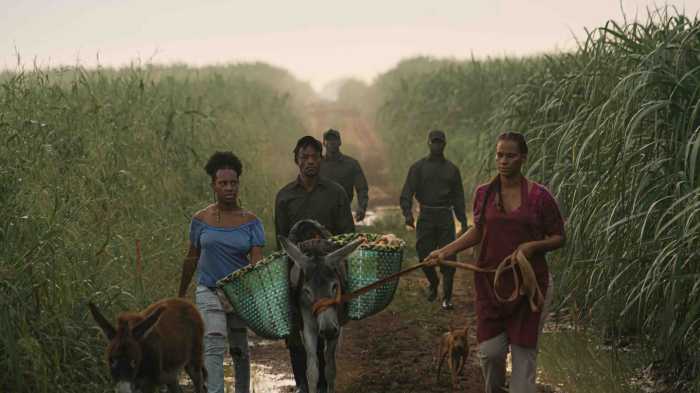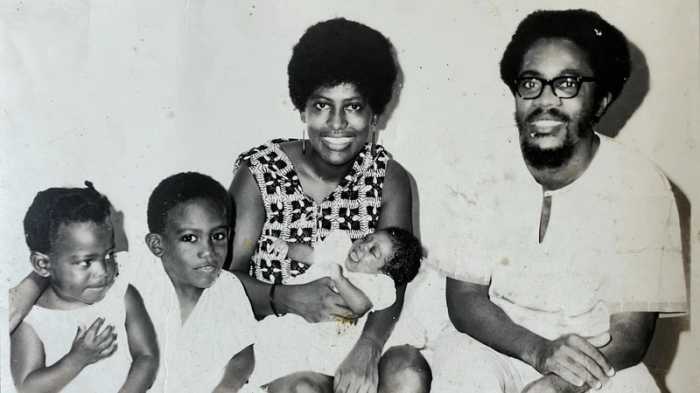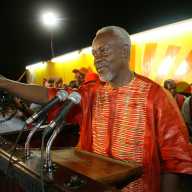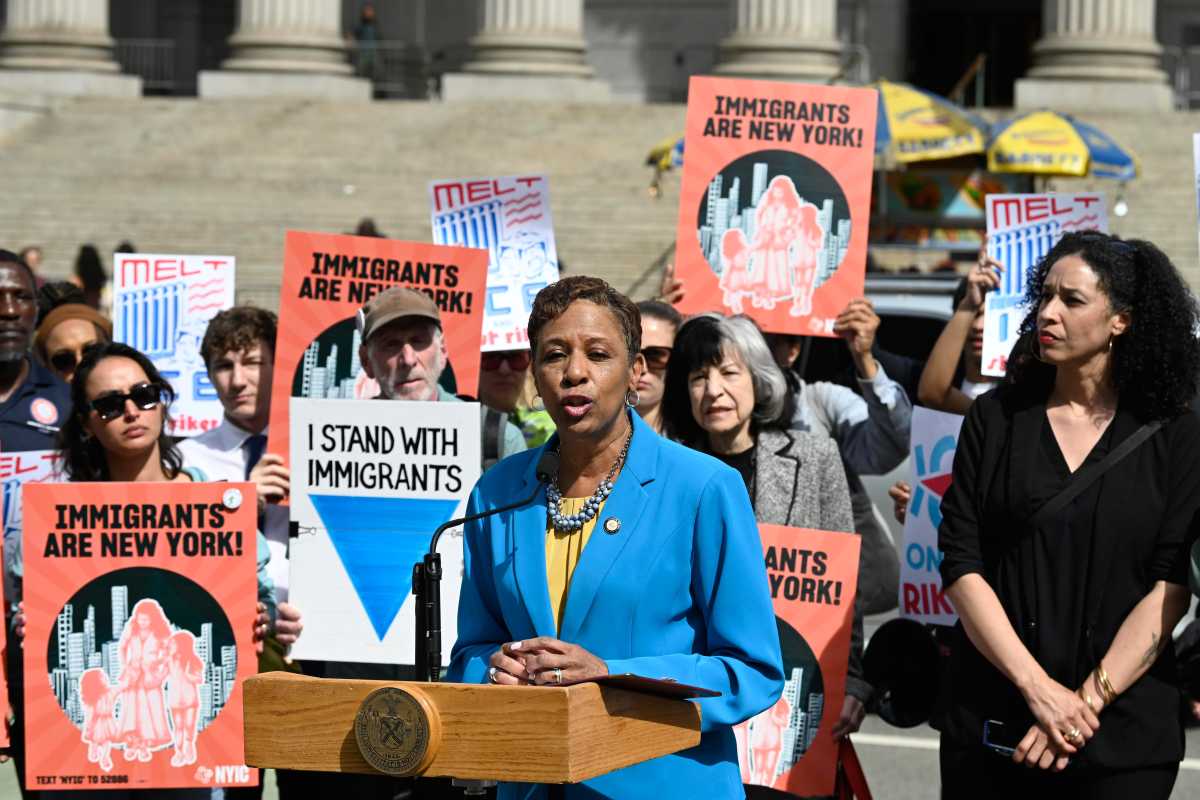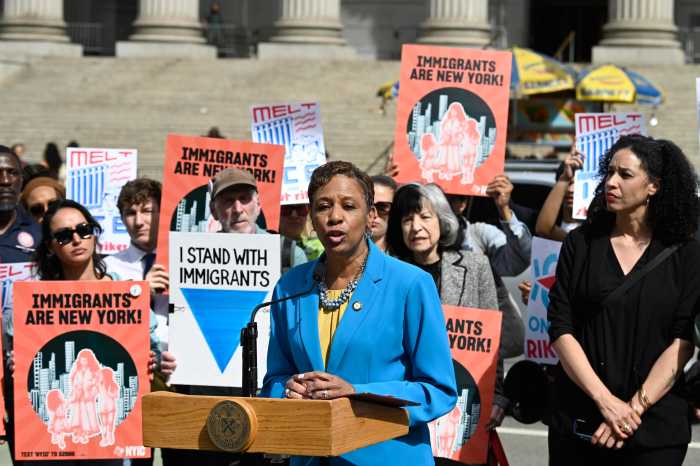Across the country, we have seen schools grapple with how to safely return to in-person learning. From navigating vaccine requirements and launching in-school testing to distributing KN95s and other PPE, adapting to the realities of this pandemic has been no easy feat. In New York City, we committed to opening our doors for in-person learning in September 2021, and since then, our approach has become a national model for how to keep students learning safely in school during the pandemic.
In our public schools right now, fewer than 2 percent of students who have been exposed to someone with COVID-19 contract the virus themselves, compared to 14 percent or greater in households, a more than sevenfold difference in risk compared with school settings. There is less COVID-19 in our schools than in the broader community, and we’ve already seen cases drop significantly as part of the Omicron downslope.
From the outset, we made it clear that all our decisions and policies would be based on science and data — regarding both disease control and the environments that are most conducive for children’s learning. Students suffered grievous learning and social-emotional setbacks during the shutdown, and the opportunity and achievement gaps widened the most among our historically disenfranchised students of color. The science has proven that our schools are now among the safest places for young people to be during this pandemic and our ‘Stay Safe, Stay Open’ plan has kept all schools open since winter break. We are listening to students and families about what they need to feel safe, but not compromising on our COVID-19 prevention safety measures and our ability to keep schools open for all kids.
All of this is proof that vaccination, universal masking, physical distancing, proper ventilation and air purifiers, vaccination requirements, and widespread testing works. We’ve adopted all these strategies in our schools, plus dedicated COVID-19 Command Center staff to rapidly respond to operational issues and staffing challenges.
A key element that sets New York City apart is our massively expanded testing strategy. The science has shown that vaccination plus robust in-school and at-home testing is the way to keep our schools safely open. Here’s what that looks like in our public school system.
First, we are continuing to use PCR surveillance testing to detect a signal of increased transmission within a school building. However, to get the most accurate picture of transmission, we have surpassed the CDC’s guidance of taking a random sample of unvaccinated students only and now test the vaccinated school community as well, doubling our overall reach.
Second, we have distributed over 7 million rapid tests to schools; an estimated 2.25 million students or teachers received tests because they were symptomatic or close contacts of someone who had tested positive. Through these at-home tests, we’ve been able to rapidly identify more than 25,000 new cases. Then, we go further, helping these individuals who test positive to isolate immediately so that they do not come back to school and risk infecting others, and we can safely continue in-person instruction. As a result of this expansion of testing on top of our existing safety strategies, we have had zero classroom closures and zero building closures since starting this semester on January 3, and in person education has been able to be continuously offered.
We’ve worked hard to learn what works, and we believe we have the expertise and the tools to prevent a return to the days of fully remote learning. The science tells us what our parents and teachers know: Our students can soar when they learn in engaging, inclusive classrooms surrounded by peers and caring educators. Beyond the social and emotional benefits, in-person learning also supports our kids’ mental and physical health. And we will continue to work closely with families and school communities to keep our schools as safe as possible.
New York City families deserve enormous credit for doing their part to protect school communities. There’s one more thing anyone with a child aged five or over can do to keep our schools safe: get them vaccinated if you have not done so already. The vaccines are playing a major role in preventing the worst COVID-19 outcomes, and are safe, free, and available regardless of immigration status. We encourage you to find a nearby vaccination site by visiting vaccinefinder.nyc.gov or calling (877) VAX-4-NYC (877-829-4692).
The biggest lesson we have learned is that our schools are a critical lifeline for our young people, especially our most vulnerable students. And we know that our schools are the healthiest places for them to be during the pandemic. We ask all New Yorkers to support us as we do our jobs so that our students can do theirs: fulfill their brilliance and promise, graduate with an employable skill, and become a positive force for change in our communities and city.
David C. Banks is the NYC Schools Chancellor. Ted Long is executive director of NYC COVID-19 Test & Trace Corps. Dr. Dave A. Chokshi is New York City’s Health Commissioner.


